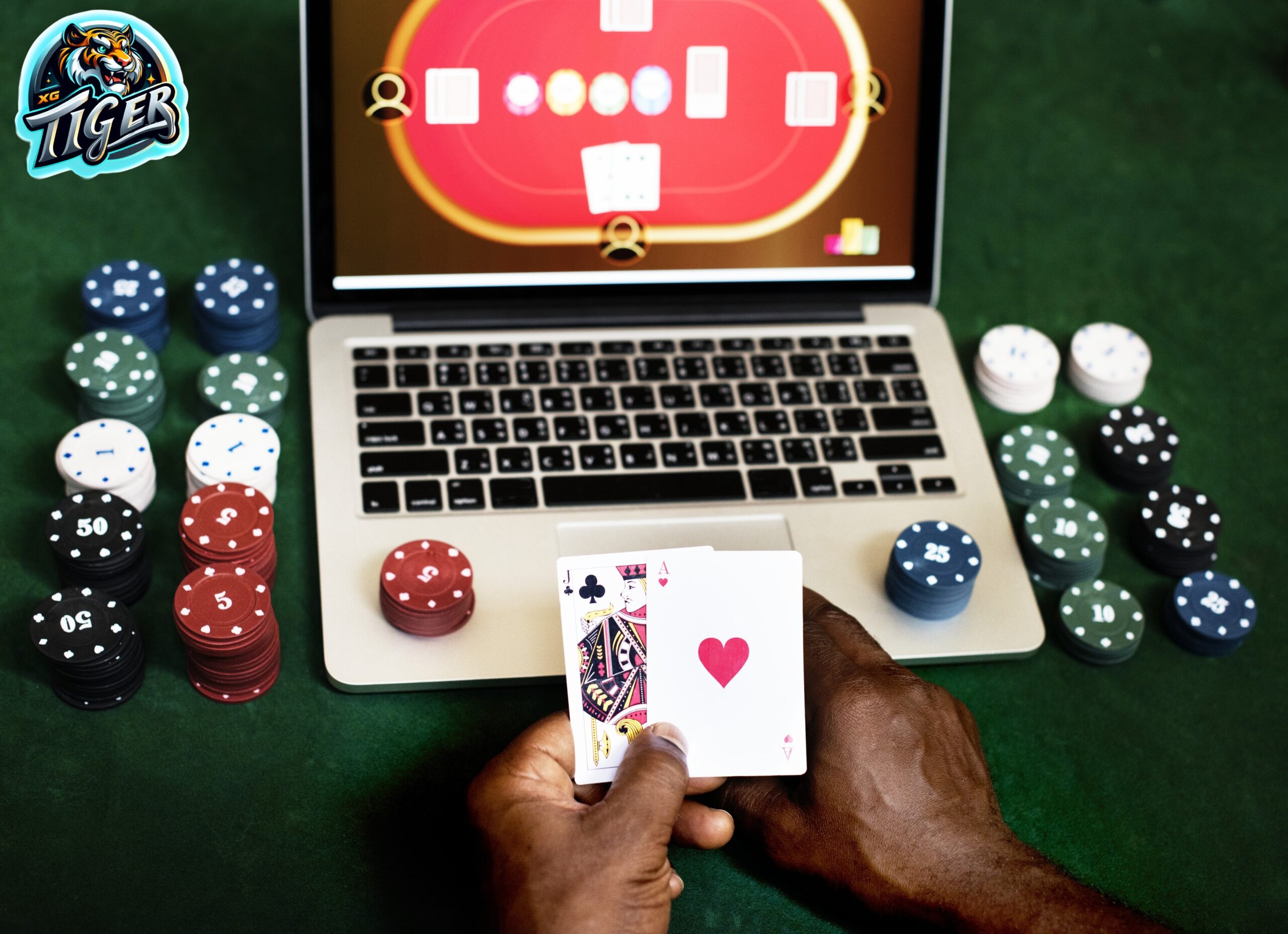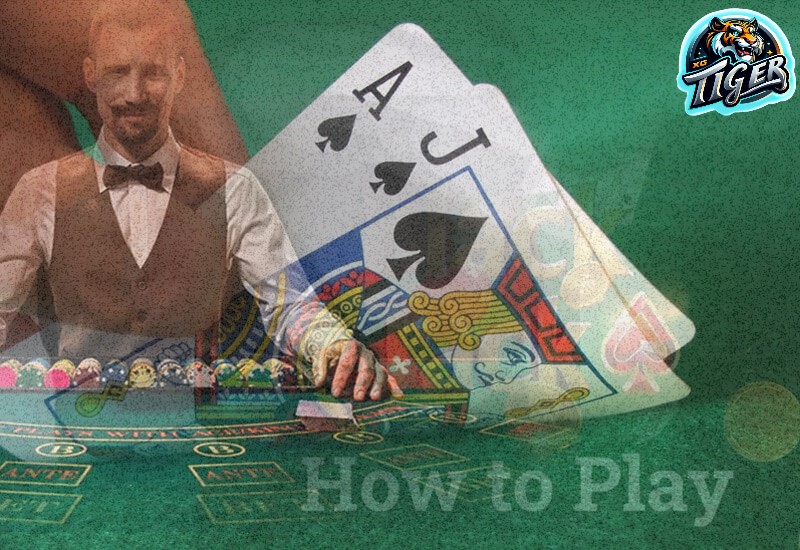Table of Contents
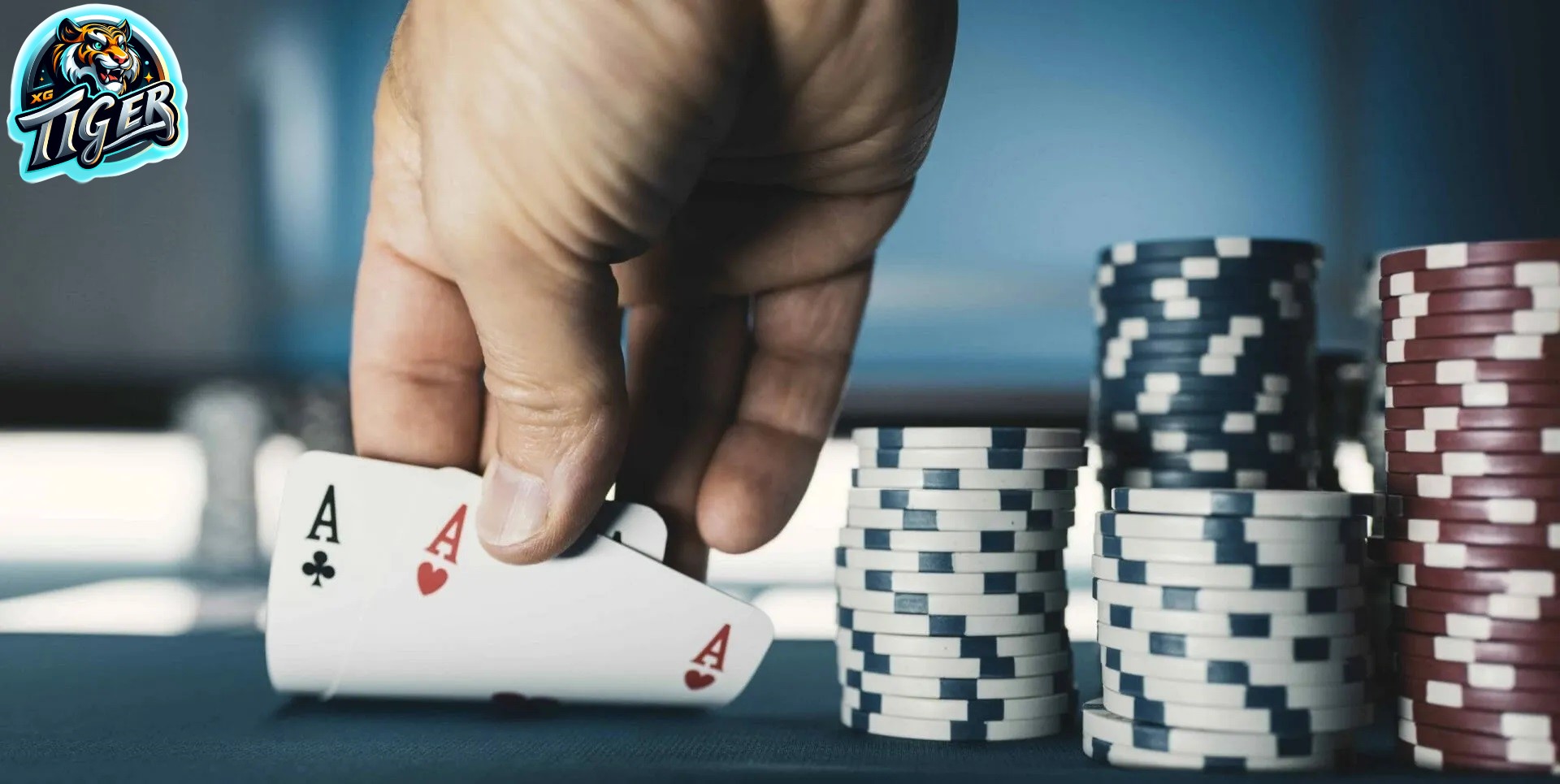
Are you looking to learn the most important aspects of poker tournament strategy? Whether you’re playing in your local casino weekly tournaments, small stakes online poker sites, or testing your skills in international live tournaments against tough competition, you’ve come to the right place.
There are few moments more exciting than getting a deep run in a big tournament with a healthy chip stack to play with – aiming for that precious trophy worth ten or hundreds of times the buy-in that you spent to enter the tournament. And that’s exactly the moment you’ll experience more often in your poker journey when you implement the expert advice from this article on fair play in modern tournament poker.
This article will cover the essentials of poker strategy with a quick checklist for new players. The list is designed to help you succeed in tournament poker, covering questions such as how to play in the early stages of a poker tournament, what kind of bet sizing you should use, how to approach bubble play, what kind of of the continuation betting strategy you should use and how widely you should defend your Big Blind.
Tournaments have two main driving forces that affect every play: To win a poker tournament, you must beat all the chips. But, to win all the chips from other players, you must avoid losing yourself. So there are two goals in MTT play: chip accumulation and survival. Handling these two goals simultaneously can be difficult for many players – implementing the advice from this article will help you achieve both.
Most tournaments are played in the Xgtiger Casino format due to their popularity. Let’s dive into the world of modern tournament poker strategy that will help you succeed in 2020 and beyond!
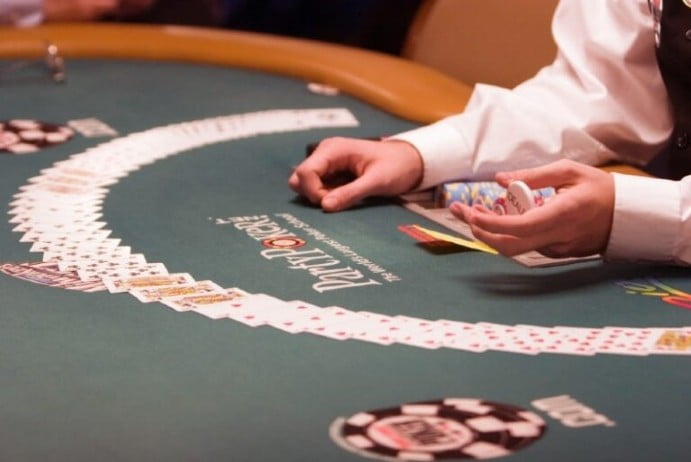
Playing the Early Stages of MTT.
While playing a poker tournament requires a different approach than a cash game in general, the early stages of an MTT share many of the same characteristics: the stacks are deep, and there is no antes to play. Also, ICM pressure is close to zero because everyone has a long way to get the money.
There is one difference compared to cash games: recreational players and inexperienced satellite winners are still there, and they are not looking to fold every hand. Many players use the late-reg option and miss the first few levels when no antes are played. However, we recommend something other than this strategy to increase your edge. It helps if you take every opportunity possible to play on the weaker side of the field, as many recreational players don’t last until the middle and late stages of a poker tournament.
What are some useful early stage poker tournament ideas? Although we recommend starting with a conservative hand selection, you should start exploiting weak players as soon as you label them like this: basic moves like splitting their limps into a wide range, exclusion of their raises by 3—betting in position, and raising more hands when they are in the blinds should all be part of your arsenal of plays in the early stages of an MTT. Weak players tend to make big mistakes after a flop, and you want to maximize the post-flop pots you play. Besides taking advantage of weak and loose players, you should pressure tight, fit-or-fold players who aren’t fighting for pots (unless they clearly have a monster hand and won’t let up!).
When playing in the early stages of a poker tournament, you don’t have to fight too much against strong players by 3-betting or firing the turn or river barrel when you have marginal holdings like suitable connectors, because there is no before the game. But when the weak player goes into the pot, it’s your job to get their chips before anyone else – those chips won’t last long! You don’t need to run big crazy bluffs every chance you get, but you do need to take advantage of the glaring mistakes these players make on almost every hand.
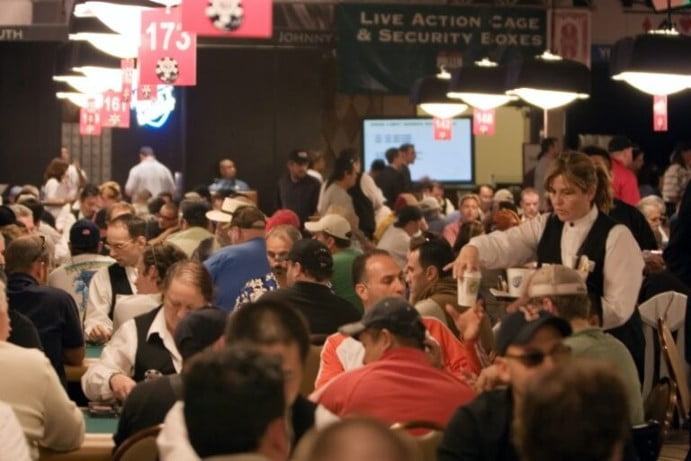
Middle Stage of MTTs
In the middle stages of a poker tournament, several important aspects of the game change: Stacks become shallow, antes kick in, and fewer weak players remain in the tournament. In freezeout tournaments, the chance of busting the game will be greater for all players except those who have amassed massive stacks. It helps if you keep the following strategies in mind during these stages:
Tip 1: Open your starting hand range
Playing antes or Big Blind antes drastically changes the preflop math because with dead money in the pot, your open raises only need to be successful a fraction of the time to be +EV in chips. Therefore, we should start raising wider.
Tip 2: Play the size of your stack, not your cards
You should start tightening your range again if you’re below the 20BB stack size, as in that stack, you’re looking for a good 3-bet-shove spot preflop or a good place to open-shove. With a large stack, you can play more freely if the table conditions allow you to bully those medium-sized stacks.
Tip 3: Narrow your calling range as you get closer to the bubble
Having a small edge when facing an all-in near the bubble may require making some disciplined folds, since you’re no longer all-chip EV. The risk-reward ratio often justifies 3bet-shoving or 4bet-shoving quite wide, but not calling these shoves when you’re likely only slightly ahead or on a coin flip. Sometimes you will end up in situations where your opponent happens to wake up to Aces, and you have another premium hand, but that’s the nature of tournament poker – the status can change very quickly in one hand!
It is important to learn how to maneuver a 10-25BB stack in the middle stages of a poker game tournament, as you will often face the majority of decisions when playing this stack size. You should be extra careful because of the chance of breaking your stack at this depth!
Bubble Play in MTTs
Playing bubble can be tiring, especially if there are only a few short stacks at different tables who only want to min-cash when someone else goes broke. Your play should depend heavily on the stack sizes at your table and your stack:
Big stack play while on the bubble: With a big stack, you should take advantage of not allowing smaller stacks to call 3-bet-shoves or big bets post-flop with less than premium hands.
Small stack play during a bubble: With a small stack, your options are quite limited, as you have to calculate how long you can wait for the bubble to burst. Stacking good hands to keep your tournament alive can be a viable strategy if large stacks often punish attempts to steal from your table. However, another option is available if you have the chips to do so: 3bet-shoving the top after a big stack has opened the pot. It is in their interest to continue bubble play as it is a very good chip accumulation opportunity for them; thus, the fold-equity of your 3-bet-shoves is increased.
If you happen to be one of the smallest stacks in the entire poker tournament, you will have to risk your entire stack at some point before getting blinded (unless some of the other small stacks managed to risk their tournament lives before you were forced to! ).
Stealing the Blinds in MTT
Stealing the blinds means a player open-raises before the flop with the primary goal of getting folds and winning the blinds and antes without a fight. Stealing the blinds isn’t a priority early on, but once the antes kick-in and the stacks get shallow, each successful blind steal will earn you enough chips for a real play. .
In addition to your cards, you should focus on the following factors when stealing the blinds:
Factor 1.
Your position on the table: steal more the closer you are to the button.
Factor 2.
Players sitting in the Small Blind and Big Blind: more thieves when they don’t want to defend.
Factor 3.
Stack sizes at the table: steal less when players after you have around 10-15BB stacks, as they are likely to steal again
How to Measure Your Raises and Bets in MTT
Bet-sizing in tournaments has changed a lot over the past two decades. Players raise at least 3BB or 4BB or more preflop and bet the pot on the flop – in modern poker, the bet size varies. If you watch high stakes players play in an event like an international highroller tournament, the most common opening is between 2-2.2BB and c-tay on the flop somewhere between ¼-⅓ pot , which rarely exceeds ½ pot.
Daniel Negreanu, also known as ‘Kid Poker,’ was the first player to move in this direction and win big in tournaments. He invented small-ball poker, where you use smaller raise sizings to give yourself room to play a wider range of hands. If the plays don’t work out, you don’t risk your entire stack in any attempt to win the pot. There is no doubt that this style of poker was very profitable for Daniel Negreanu, as he implemented it in tournaments full of players who did not know how to fight this style of play.
While you generally want to size your bets so that they place enough leverage over your opponent while at the same time not risking too many chips, on the turn and river, you can start sizing your bets. Especially in situations where your opponent is unlikely to have the nut and strong hand combos on a particular board due to the way the preflop works, you can increase your bets and even overbet on those next street
Continuation of Betting on MTTs
Resuming betting on 100% of the flops in poker tournaments was a strong strategy in the early 2010s, as many players would call preflop and fold on the flop if they didn’t hit anything. In 2020, the average tournament player is a bit smarter than that, and we need to have a fairly balanced c-betting strategy to do it well.
In order to come up with a good c-betting strategy, you must first know how the math behind c-betting works. For example, a 50% pot c-bet needs to go through 33% of the time to break even (not considering equity when called), and a smaller bet size, such as a 33% pot c- tay, has to work 25% of the time. These are low numbers, meaning you should often go for a c-bet.
Additional factors to consider whether or not to c-bet include your opponent’s playing style: how he has reacted to c-bets in the past, what kind of range you anticipate will be flat him against you tomorrow, if he is likely to bluff you if you show weakness etc. Against aggressive check-raisers, you need to start checking more flops and limit your aggression a bit, and against fit-or-fold players, you can push the pedal to the medal with c- bet.
Defending Your Big Blind in MTTs
Against a min-raise, you’ll get tremendous odds of calling from the Big Blind – you only need a little over 20% equity with antes in play. While you should be more conservative in defending your small blind with one player left to act after you, your big blind should often be protected against late position raises. Even considering the chances of you not making it to the showdown due to a bad runout or aggression from the villain, you don’t need many hands to justify playing your Big Blind against an open. When your opponents open with a typical 2-2.2BB open raise, the basic math of poker tournaments leads to the following rule of thumb:
You must Defend your Big Blind hard!
How much is a bit much, then? Against opening a late position, you must defend at least 40% of all your starting hands either by calling or 3betting. If you have a skill advantage against the opener, you should increase this number above 50%.
To learn how to play well after flopping after defending your Big Blind, we recommend practicing your HU skills in cash games and HU SNGs. There is plenty of action in these game formats at online poker rooms like Xgtiger Casino.
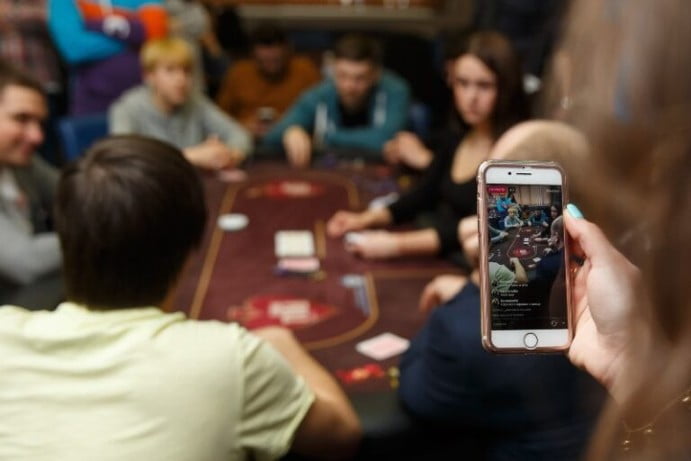
Mastering Final Table Play
The final table is where the big money is made in tournaments. At this point in the tournament, because you’ve gotten to this point, you’ve either played well or you’ve been lucky – usually, both, although some players like to think they’re the only ones who have played well.
The final table is the ultimate test of your tournament poker skills, because due to ICM, you have to make some difficult folds that you wouldn’t have made if the payout ladder didn’t affect your decision. But you also have to stay aggressive to accumulate chips. You might get a jump in pay or two just by waiting for the premium hands, but you won’t have enough chips to fight to get the heads up and play for the trophy. In most table conditions, the correct strategy is to play tight and use timely aggression to accumulate chips from weaker players. In most cases, you want to avoid playing too tight and passive.
If the lineup is tough, you have to take more risks to not get run over – however, whereas you can call 4bet-shoves before with hands like in the top 10%, because of ICM, the correct play is to fold unless we have a monster usually. The better players at the table understand that they cannot fight too many preflops with steep pay raises; thus, you are likely up against a stronger set when faced with preflop aggression. However, if there are players who 3bet/4bet-shoving light, they will be taken at some point, and you will get a jump in pay – this is another reason to avoid a big preflop confrontation unless you have a monster.
However, it can help if you force shorter stacks than yourself (unless they’re fast, like under 10BB), as their best option is usually to fold. Betting on their lives in the tournament is not profitable, even if they are a slight favorite. If there is only one big stack and many short stacks at the final table, losing your stack is disastrous. It will help if you avoid facing all the costs in that case.
As always in poker tournaments, you must adapt your play to the current table conditions – final tables are no different. If there are tight players, you should steal from them relentlessly and 3bet them randomly. If there are many maniacs fighting for every pot they enter, you may have to stand up against them at some point. However, it’s usually better to be patient and wait for an area where you have card advantage against their range before fighting.
Summary
Tournament poker is a fun and profitable format because it is the game most recreational players prefer. Playing good poker is accessible to anyone willing to put in the time and practice. Work on your game, study our tournament poker strategy tips, review your hand histories, and you can transform into a tournament beast – a true force to be reckoned with!
Be the player you were born to be and start crushing the games – Continue reading more poker content, tips and articles in our Poker Articles!
Conclusion
Are you an avid gaming fan and want to know how to bet on online casino games? At Xgtiger, you’ll get the latest information on this year’s best casino games and a variety of gaming options, all in one place.
To start your online gambling journey, all you need to do is create an account on the site, deposit funds and you’ll be ready to bet on the best and most anticipated casino games.
Frequently asked questions
The Best Poker Tournament Tips Are:
Play the late stages of the tournament much more aggressively than the early ones. Never let your stack fall below 10 big blinds, and simply push or fold when the time is right.


